Home / Albums / Modern / Sports & Fitness / Baseball 71

 Strike Zone
Strike Zone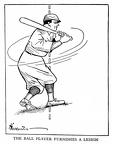 Baseball batter
Baseball batter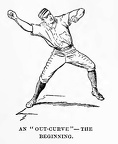 An 'Out-curve' - the beginning
An 'Out-curve' - the beginning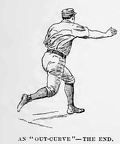 An 'Out-curve' - the end
An 'Out-curve' - the end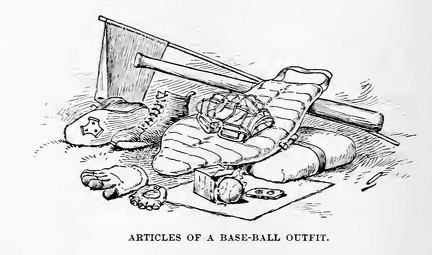 Articles of a base-ball outfit
Articles of a base-ball outfit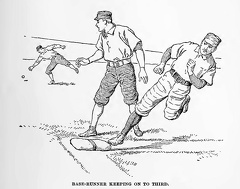 Base-runner keeping on to third
Base-runner keeping on to third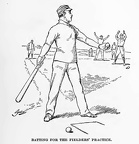 Batting for fielders' practice
Batting for fielders' practice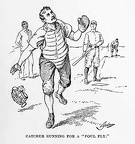 Catcher running for a 'Foul Fly'
Catcher running for a 'Foul Fly'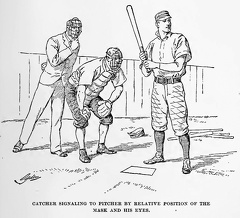 Catcher signalling to pitcher
Catcher signalling to pitcher Catcher throwing down to second
Catcher throwing down to second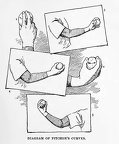 Diagram of pitcher's curves
Diagram of pitcher's curves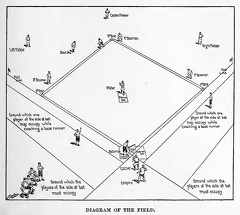 Diagram of the field
Diagram of the field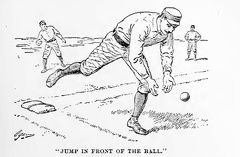 'Jump in front of the ball'
'Jump in front of the ball' Fielder catching a fly
Fielder catching a fly First baseman catching a high ball
First baseman catching a high ball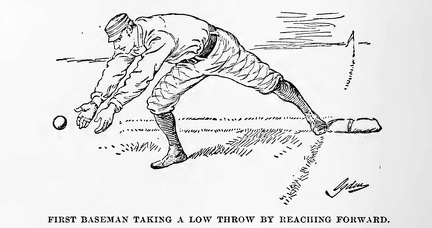 First baseman taking a low throw by reaching forward
First baseman taking a low throw by reaching forward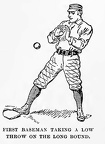 First baseman taking a low throw on the long bound
First baseman taking a low throw on the long bound First baseman throwing to second for a double-play
First baseman throwing to second for a double-play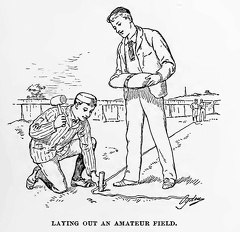 Laying out an amateur field
Laying out an amateur field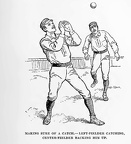 Making sure of a catch - left-fielder catching
Making sure of a catch - left-fielder catching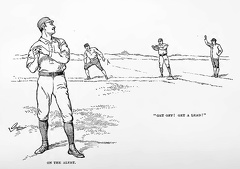 On the alert
On the alert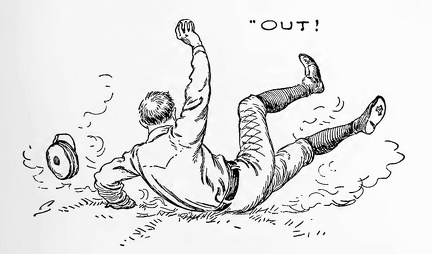 Out!
Out!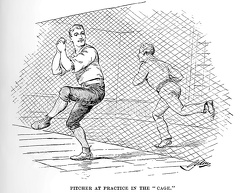 Pitcher at practice in the 'Cage'
Pitcher at practice in the 'Cage'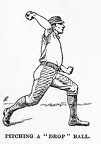 Pitching a 'Drop' Ball
Pitching a 'Drop' Ball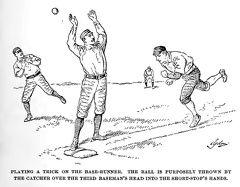 Playing a trick on the base-runner
Playing a trick on the base-runner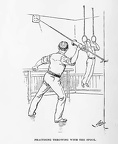 Practising throwing with the 'spool'
Practising throwing with the 'spool'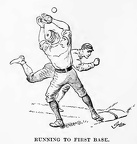 Running to first base
Running to first base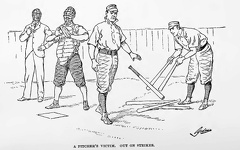 A pitcher's victim. Out on strikes
A pitcher's victim. Out on strikes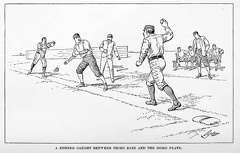 A runner caught between third base and the home plate
A runner caught between third base and the home plate A wild throw and a safe slide to second
A wild throw and a safe slide to second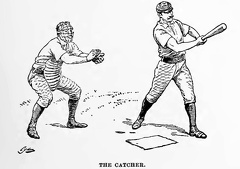 The Catcher
The Catcher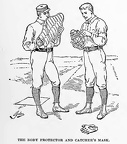 The body protector and Catcher's mask
The body protector and Catcher's mask Short-Arm throw, the beginning
Short-Arm throw, the beginning Short-Arm throw, the end
Short-Arm throw, the end Shutting off a runner at the Home-plate
Shutting off a runner at the Home-plate Sliding to base
Sliding to base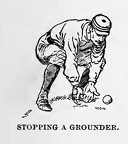 Stopping a grounder
Stopping a grounder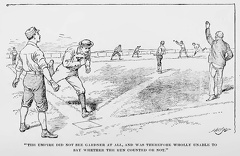 The umpire did not see Gardner at all
The umpire did not see Gardner at all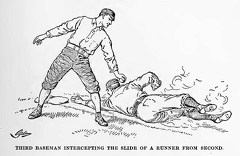 Third baseman intercepting the slide of a runner from second
Third baseman intercepting the slide of a runner from second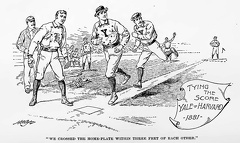 We crossed the home-plate within three feet of each other
We crossed the home-plate within three feet of each other Babe Ruth
Babe Ruth Baseball player catching a ball
Baseball player catching a ball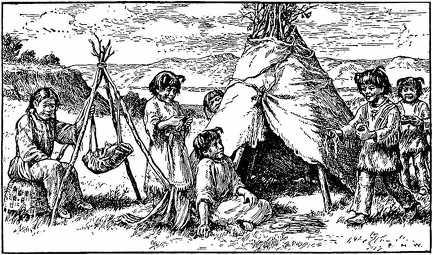 Childhood games
Childhood games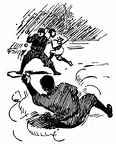 Throw to first
Throw to first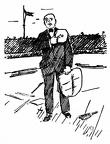 The Umpire
The Umpire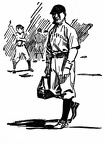 The Manager of the team
The Manager of the team The Crowd went wild
The Crowd went wild Swing and a miss
Swing and a miss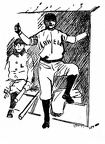 Signaling from the dugout
Signaling from the dugout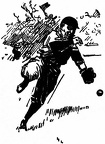 Misjudged the ball
Misjudged the ball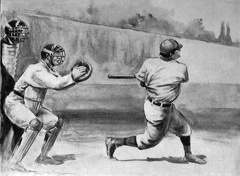 Looks like a home run
Looks like a home run Waiting to bat
Waiting to bat Turning an error into an out
Turning an error into an out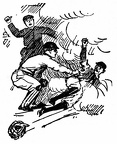 Trying to steal home
Trying to steal home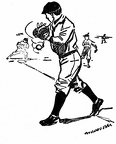 He missed the catch
He missed the catch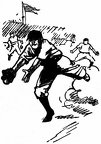 He caught the ball
He caught the ball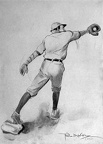 Good catch
Good catch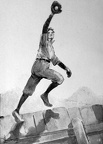 Climbing the fence to catch the ball
Climbing the fence to catch the ball Caught Out
Caught Out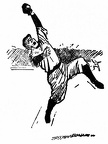 Another great catch
Another great catch



